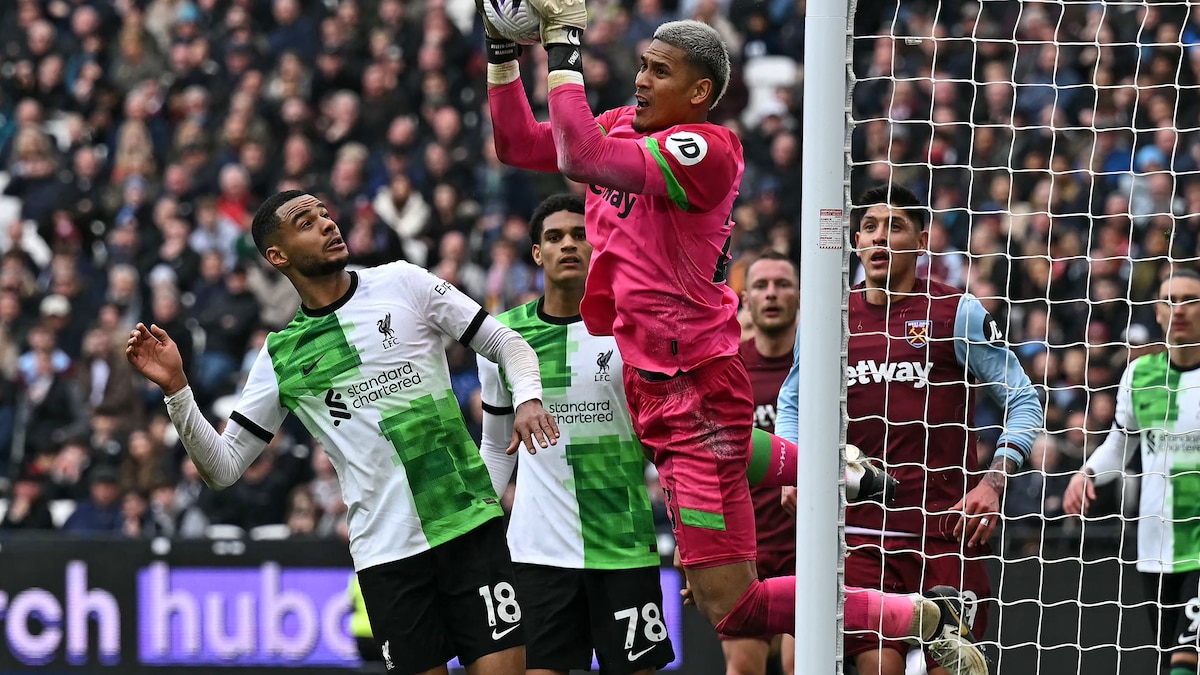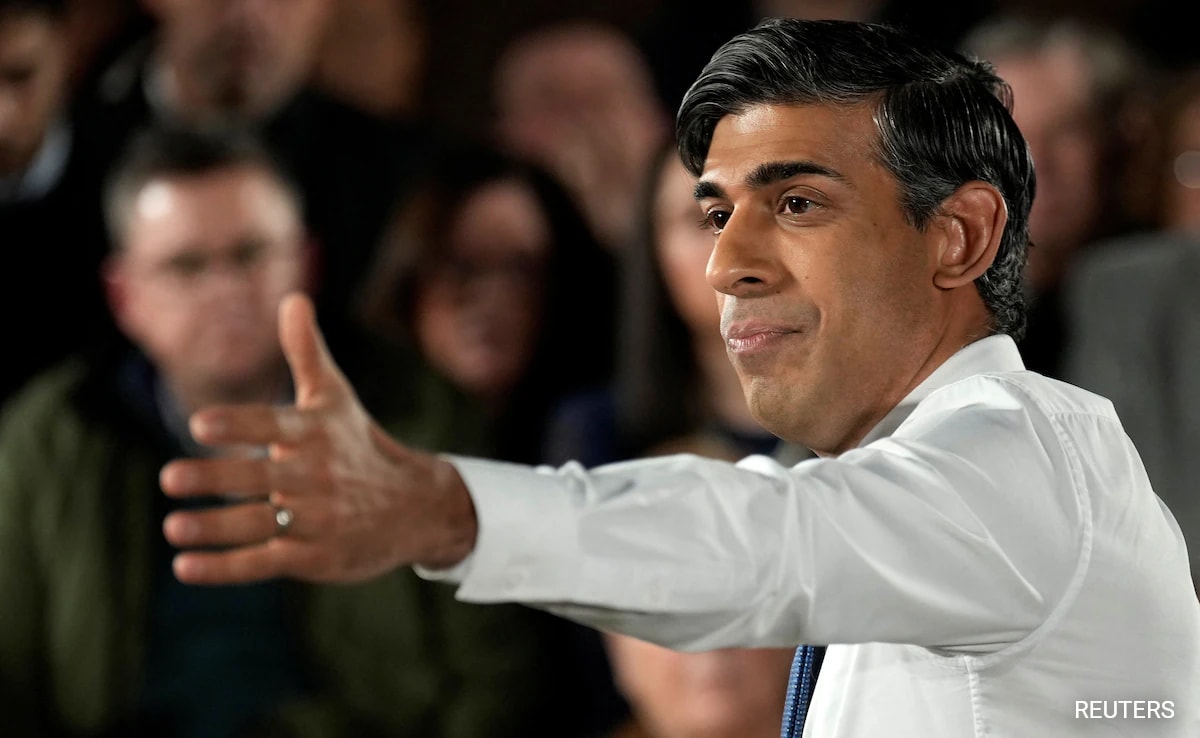The chancellor will increase government borrowing to help cut national insurance contributions by 2p from April, according to an assessment of the spring budget by the Treasury’s independent forecaster.
The Office for Budget Responsibility said key measures to pay for Jeremy Hunt’s budget measures, including cuts to national insurance and lower capital gains tax, will come from an average of an extra £8 billion a year in borrowing until 2028-29. .
Analysts at the Resolution Foundation said less than a third of Hunter’s plan for cumulative tax cuts over the next five years would be funded by hidden tax increases, with the remainder coming from additional borrowing.
Torsten Bell, chief executive of the think tank, said: “The chancellor implemented a second round of tax cuts ahead of the election, increasing borrowing and taxing companies such as non-residents, e-cigarettes and energy companies .”
The Chancellor is also relying on deep cuts and tax increases in many Whitehall departments in a few years’ time, but is unlikely to pay for the tax cuts that come into force next month, the Resolution Foundation added.
Paul Johnson, director of the Institute for Fiscal Studies, said Hunt wanted the public to believe “pie-in-the-sky promises of a fuel tax increase – and this time we mean it, promises!” – and a raft of post-election spending plans that would The plans still mean significant cuts to funding for many public services which are clearly struggling with current funding levels.”
The OBR said the chancellor was able to increase borrowing after receiving an average benefit of £13bn from lower interest costs on debt.
There will also be an attempt to crack down on tax avoidance to help balance the books, after Hunt said HMRC would collect a further £4.5bn in taxes over five years that would otherwise go unpaid.
OBR forecasts show that underlying debt excluding Bank of England borrowing will be 91.7% of GDP in 2024-25, rising to 93.2% in 2026-27 before falling to 92.9% in 2028-29.
Hunt said: “As a result, our underlying debt as a proportion of GDP is expected to fall, consistent with our fiscal rules. Our government debt levels remain the second lowest in the G7, lower than Japan, France or the United States .”
The OBR said it expected inflation to remain below the Bank of England’s 2% target in the coming months – from 4% currently – reversing last year’s 1% fall in inflation-adjusted household incomes to rise by 1% this year. After a year of stagnation, house prices are expected to start climbing again in 2024, while cuts to national insurance tax will encourage nearly 200,000 people to return to the labor market.
OBR chairman Richard Hughes said the government’s financial position remained challenging due to high debt, weak economic growth and the highest interest rates in more than a decade.
The OBR’s latest forecasts show that the UK economy will grow slightly faster than expected this year and next, compared with its November forecast.
After entering recession at the end of 2023, the economy is expected to grow 0.8% this year and 1.9% in 2025. This was slightly stronger than the OBR’s November forecast of 0.7% and 1.4% growth. Growth is expected to be 2% in 2026 before falling to 1.8% in 2027 and 1.7% in 2028.
Stephen Millard, deputy director of the National Institute of Economic and Social Research (NIESR), said the GDP forecast was very optimistic and he was satisfied with the UK’s prospects.
“The OBR expects the economy to grow by 1.9 per cent next year, which should help reduce the deficit and debt-to-GDP ratio,” he said. “However, NIESR is expected to be closer to 1%, meaning the chancellor’s forecasts for debt and deficit-to-GDP ratios may prove to be too optimistic.”
Douglas McWilliams, co-chair of the centre-right think tank Growth Council, said the Chancellor’s plan was fueled by data from the UK Budget Office showing that rising immigration had boosted GDP but per capita GDP had fallen.
“If you listened to the chancellor you might have thought the budget was about boosting growth, reducing immigration, getting more people into work and lowering taxes. But the OBR has let the cat out of the bag – slower GDP growth per head, more immigration, lower participation rates and taxes going up instead of down,” he said.
Follow us on Google news ,Twitter , and Join Whatsapp Group of thelocalreport.in
















